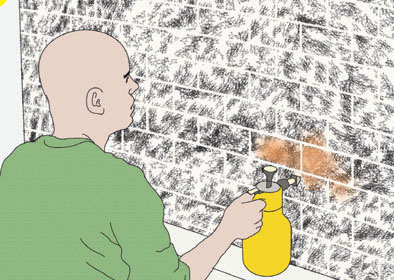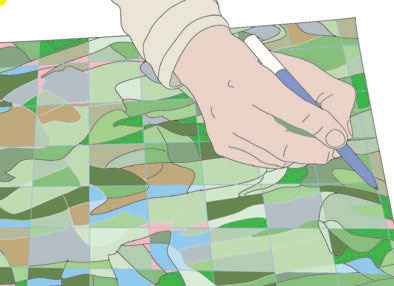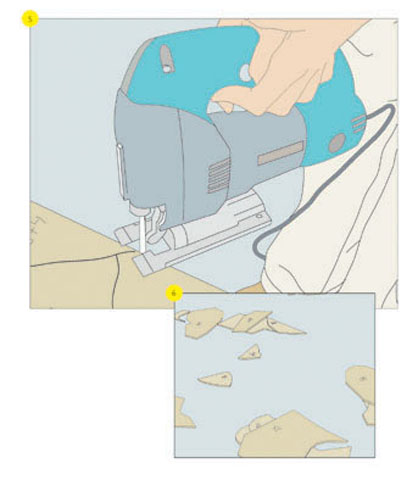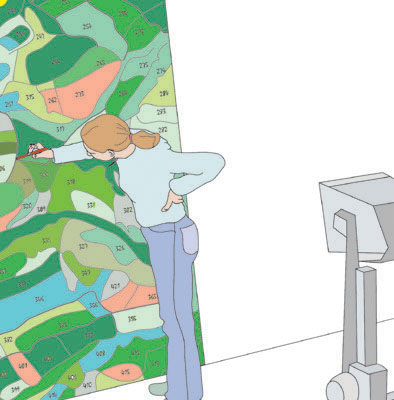











Artist's Book, Omanut La'am, October 2005
Made for the exhibition The Hula Valley, October, 2005
Tel Aviv Museum's Helena Rubinstein Pavilion for Contemporary Art
The exhibition offered viewers both a material representation of the substance of the Hula Valley — an arrangement of carved MDF in the shape of dry soil on the pavilion's lower floor — and a series of more removed representations. The latter, steel wool recreations of photographs of the valley, were based on enlargements of Peter Marom's photographs. The artist's book that accompanies the exhibition offers detailed step-by-step drawings guiding readers through the process of making those steel-wool creations and other works by the artist. Thus each level of the work, from earth, through photographs to do-it-yourself drawing book, takes us one step farther away from the Hula Valley itself, which is the never-present subject of the piece. With his coloring book-like instructions, Weinstein offers wry commentary both on art-making and on our do-it-yourself culture. This commentary, however, is only one aspect of the effects of this piece. With its dry earth as the starting point, the work makes palpable the drying of this wetland resource, one more headstrong and mistaken action proudly undertaken by the Zionists.